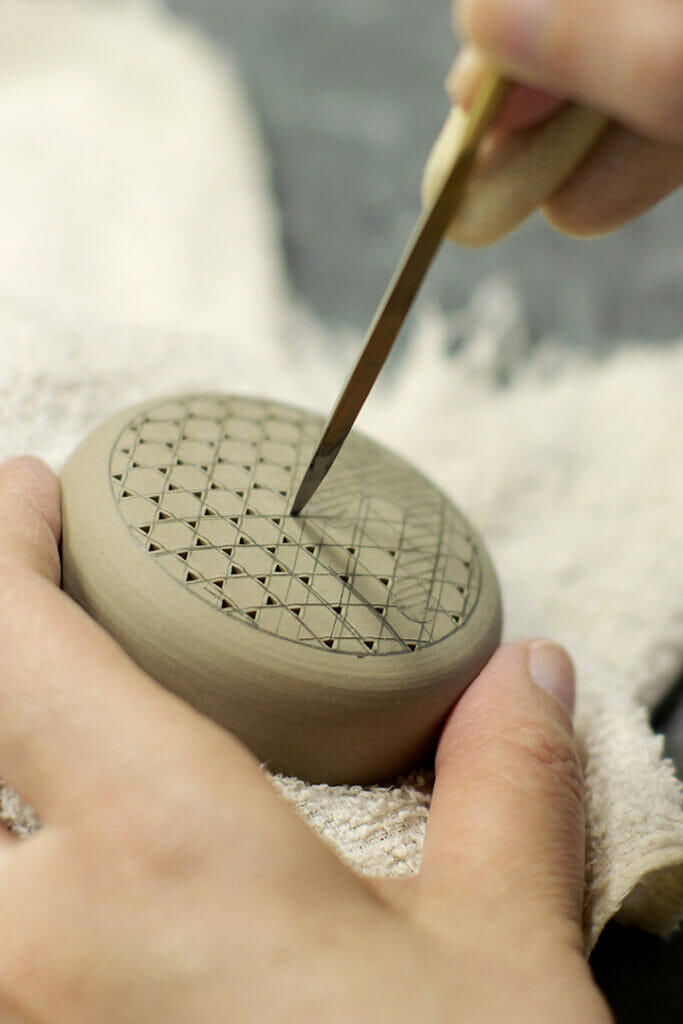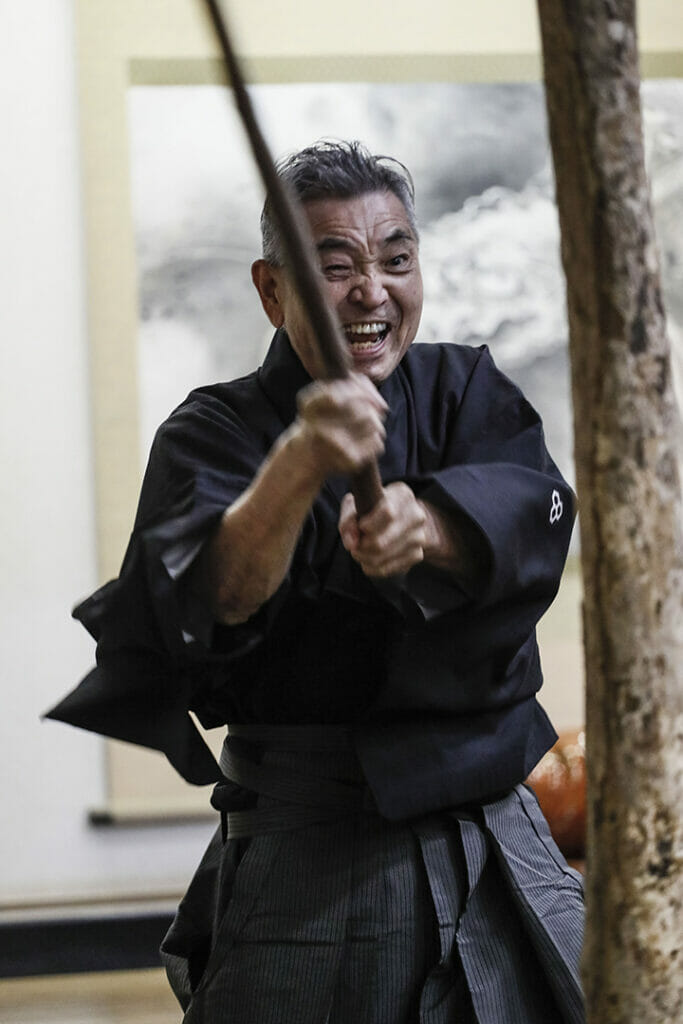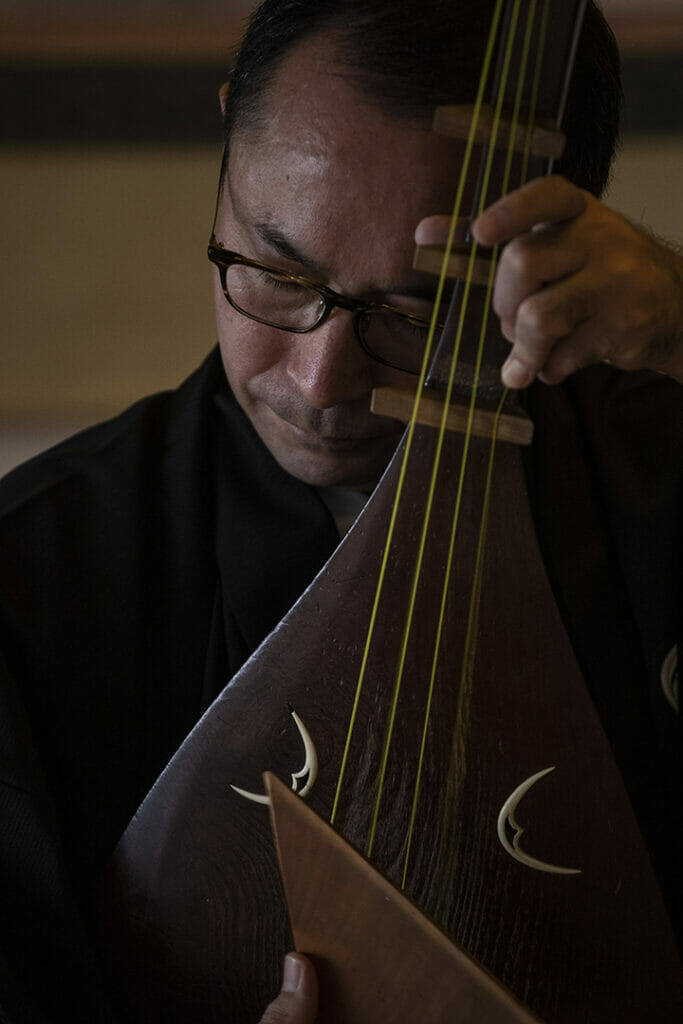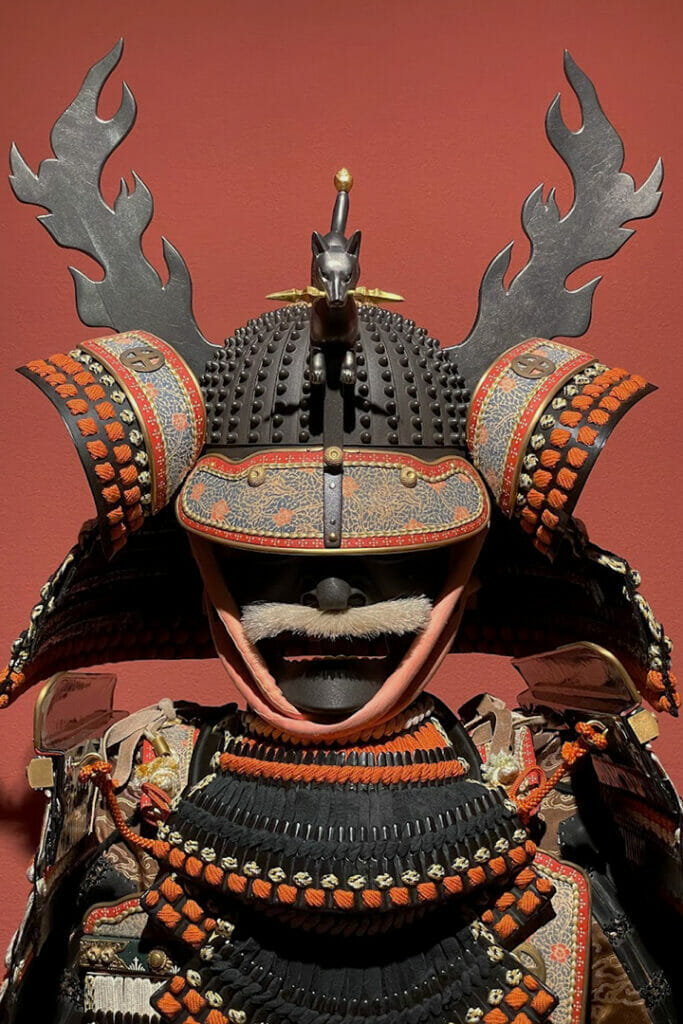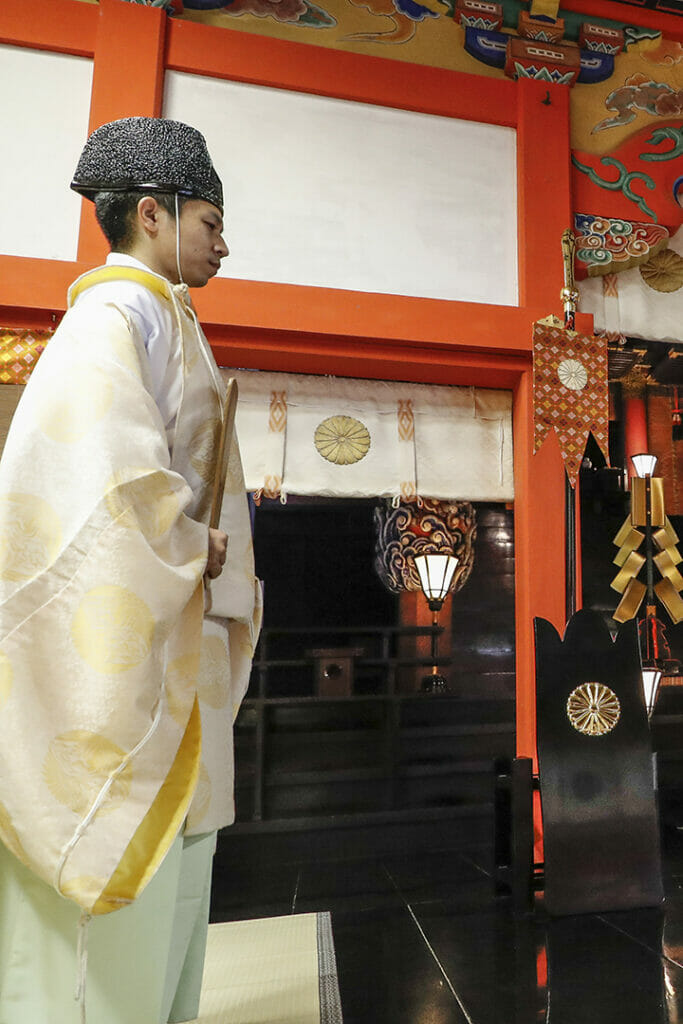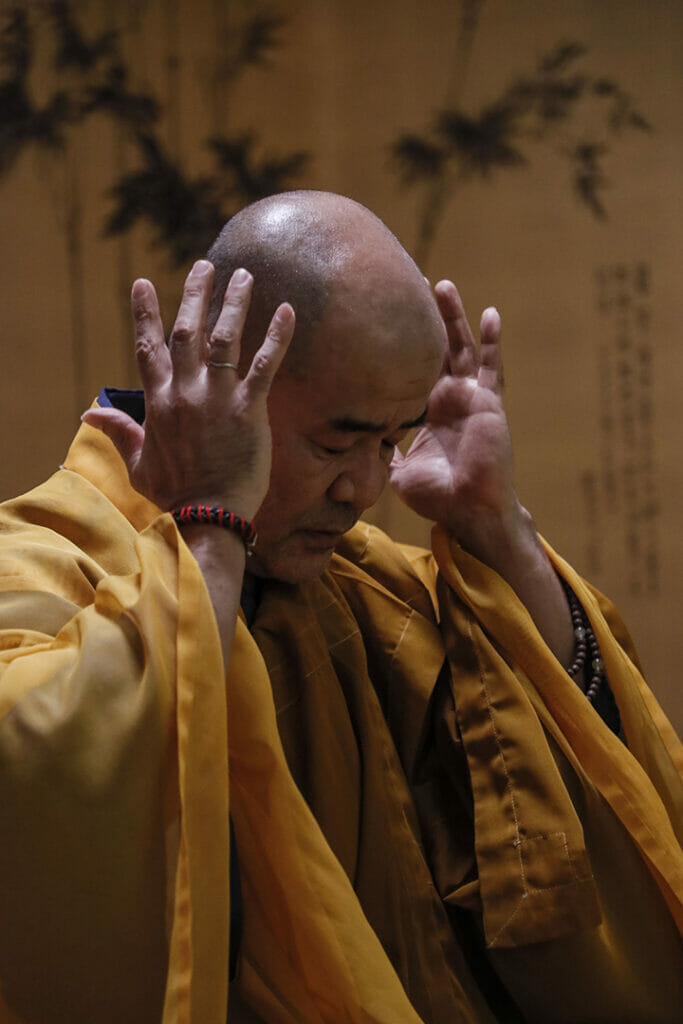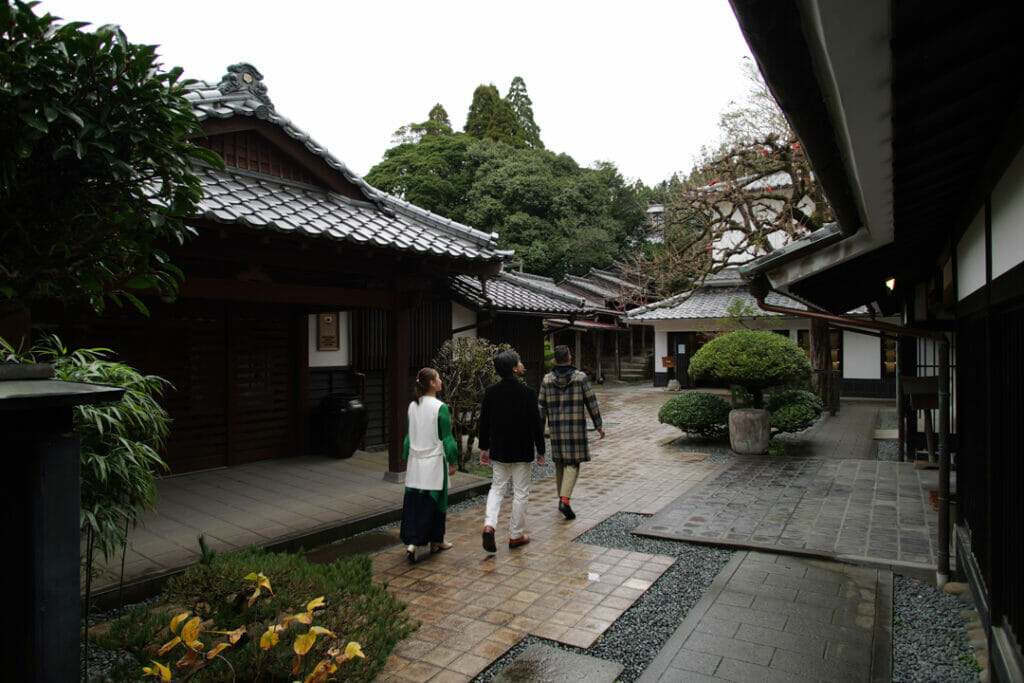
Chin Jukan Kiln
Satsuma-ware pottery is one of Japan’s most famous exports to the world. Meet the 15th generation Chin Jukan at his kiln and explore the aesthetic changes that Satsuma ware pottery has seen through the ages from the simple plain white tea ware used by the samurai, and the highly decorated art pieces exported to Europe by their descendants hundreds of years later.
The history of Satsuma-ware pottery began over 400 years ago, and its legacy is continued today by master craftsmen such as the 15th generation Chin Jukan. Chin Jukan is an inherited name, passed on to each generation of ceramicists in the family when they are old enough and experienced enough to take over the operation of their kiln. Chin Jukan Kiln is located a short drive away from Kagoshima City in the rural village of Miyama, home to many small workshops creating Satsuma-ware pottery.
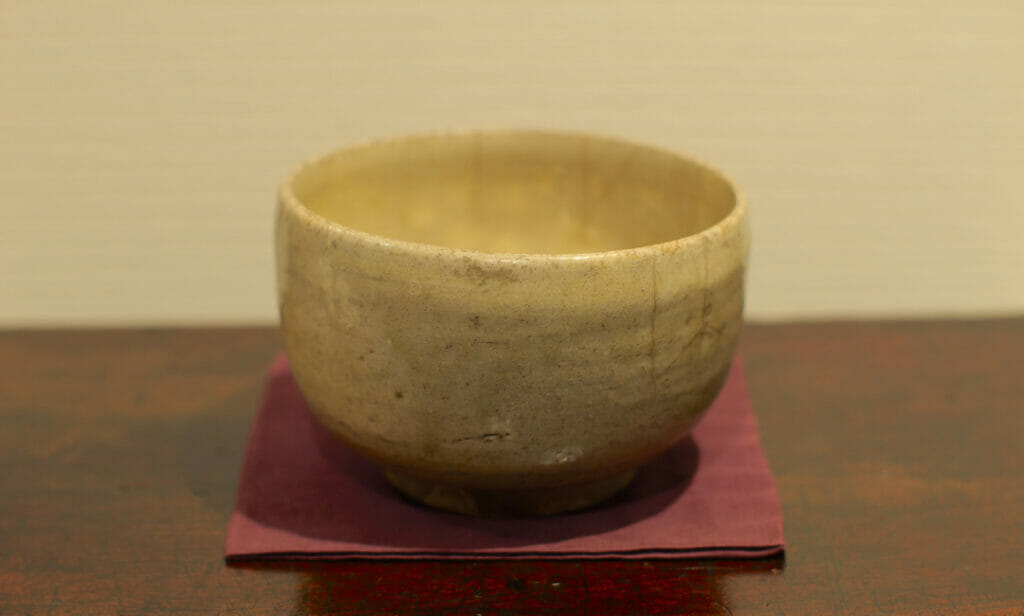
Korean Roots
The first generation of the Chin family came from Korea to Japan over 400 years ago, having been abducted during the Japanese Invasions of Korea in 1592 and 1597. Lord of Satsuma, Shimazu Yoshihiro, was ordered to fight in Korea by Japan’s regent Toyotomi Hideyoshi, duly taking a force of about 10,000 men across the sea and into battle. Yoshihiro was known not only as a fearsome warrior, but also as a lover of the tea ceremony, and he would have been familiar with the high-quality pottery produced in Korea at the time.
The Korean potters were given villages to live in where they maintained their own customs and culture while producing high quality pottery for the Lords of the Shimazu clan. Fifteen generations later the kilns are still lit.
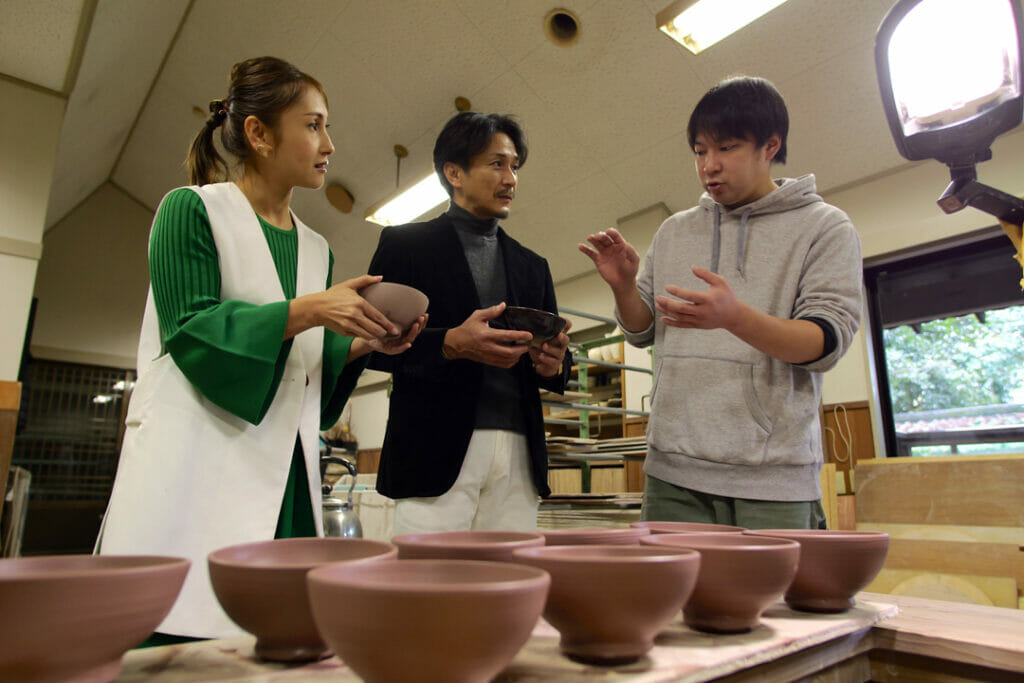
Explore the Workshop
Gain exclusive access to the workshop to see how artisans produce each piece of Satsuma-ware pottery. Learn about the differences between the white and black Satsuma pieces, handle the clay and tools used to create the pieces, then watch the master artisans at work while asking questions about their process.
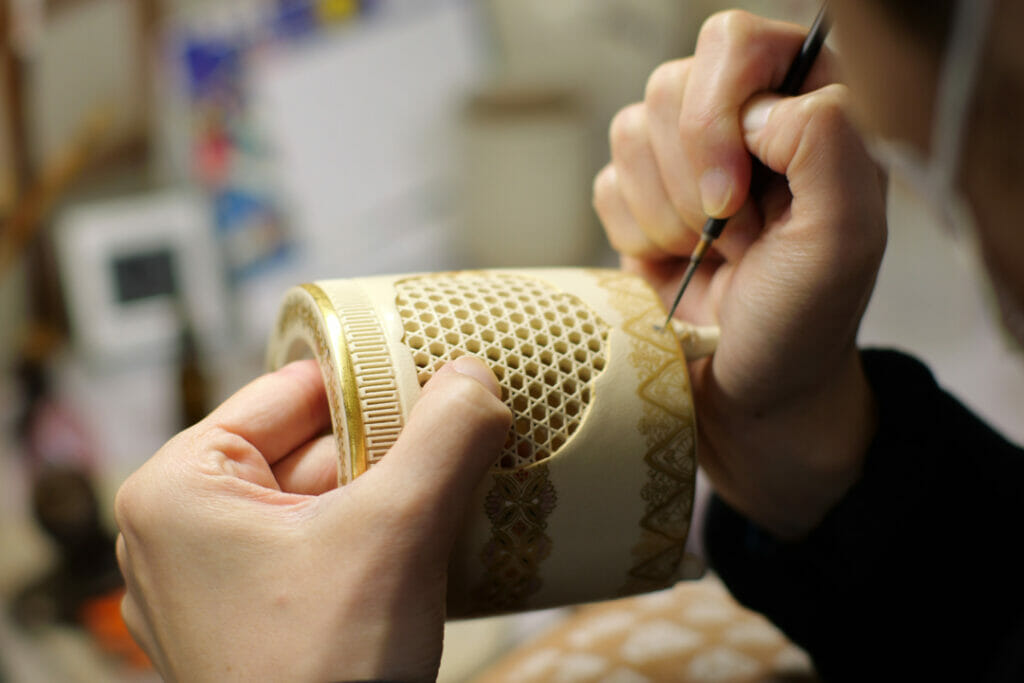
Intricate Detail
Take a look at the brushwork and openwork workshops to see some of the processes that make Satsuma-ware pottery so unique. Learn about the Japanese motifs and designs painted on the pottery and the tools and implements used by the artisans.
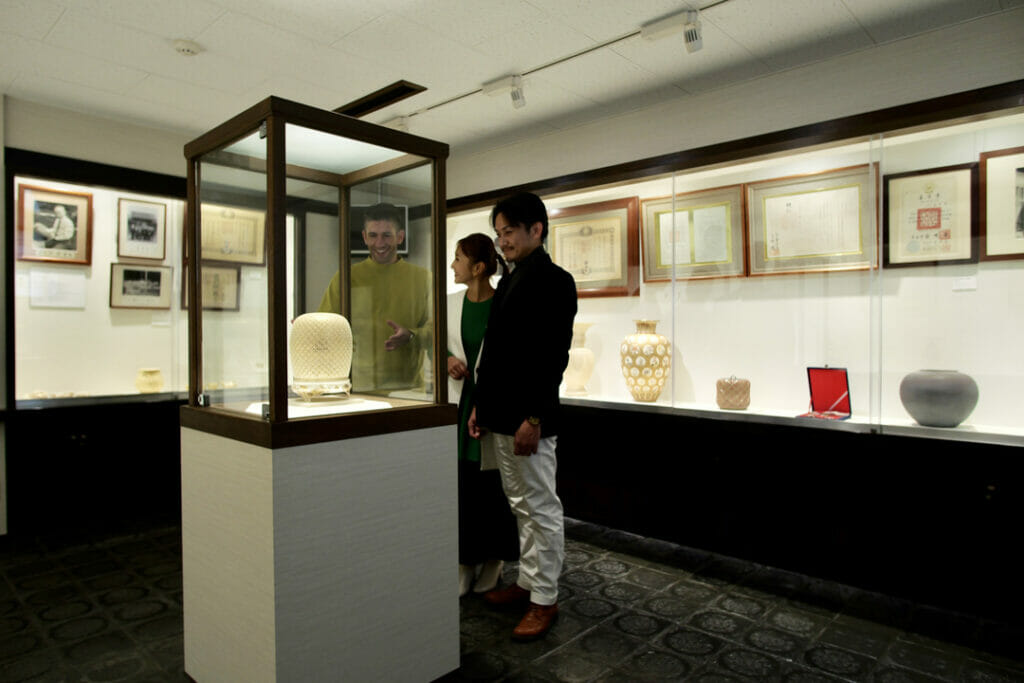
Masterpieces Exported to Europe
See the artworks that took Europe by storm in the late 19th century in the museum. Known colloquially as “Satsuma crackle” for the appearance of the glaze, Satsuma ware was a highly sought-after commodity and even presented as a gift to European royalty. Explore the history of the Chin family and see how their art has adapted over time to meet the needs of a changing world.
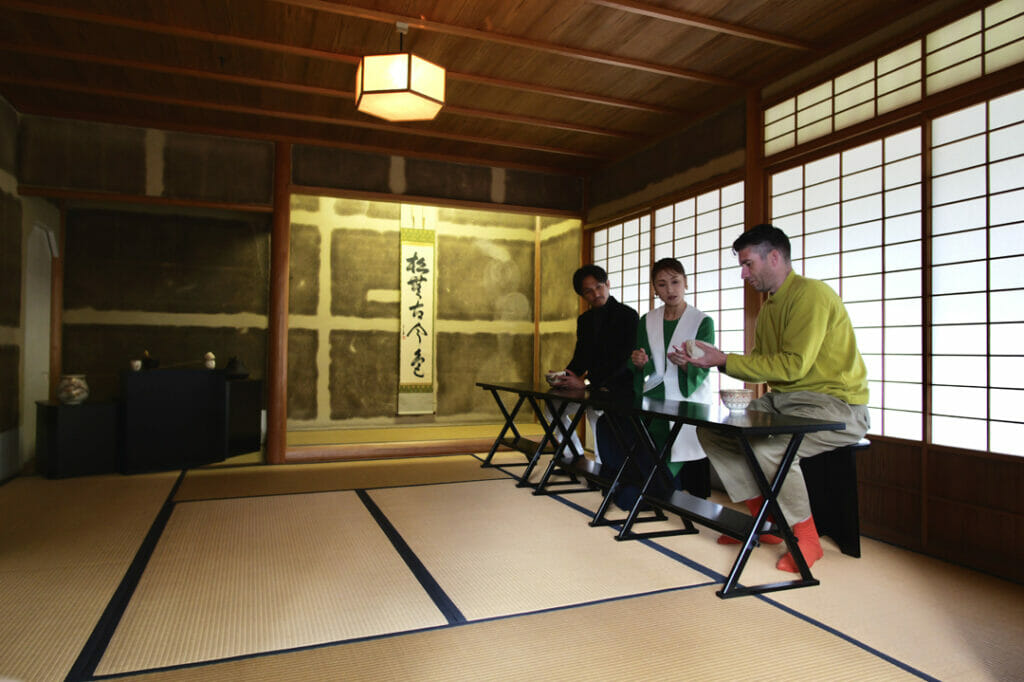
Meet the Master
Head into the tea room and have the chance to use some white Satsuma-ware for a short tea ceremony before meeting Chin Jukan XV himself. Hear about his thoughts on art and craftsmanship, succession and continuation of a family tradition, and the balance of constancy and change.
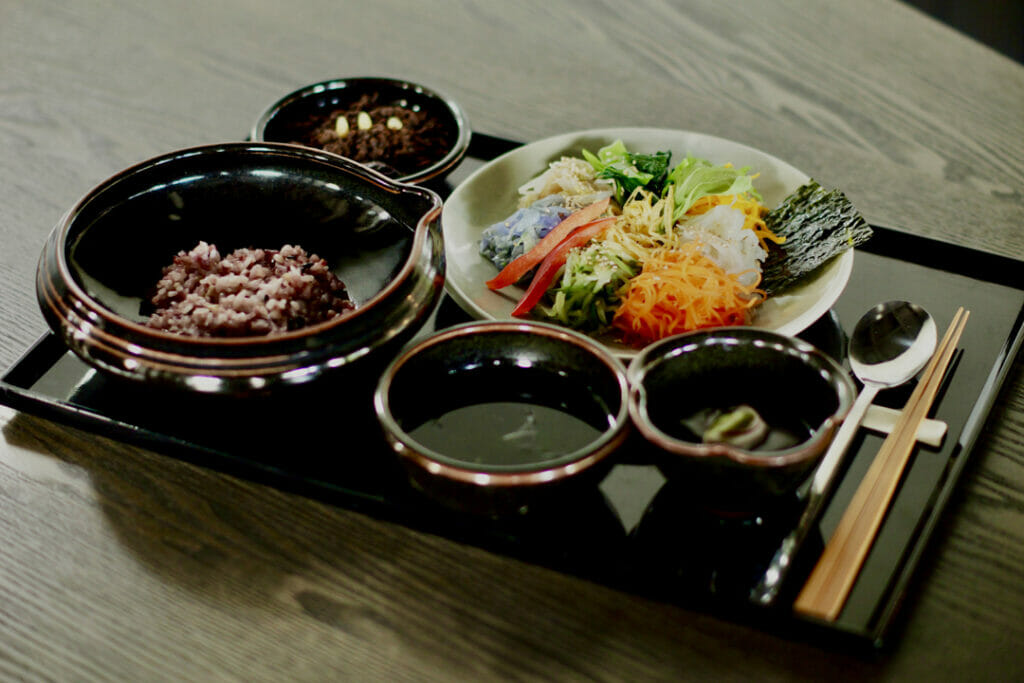
Healthy Lunch
Round off the visit to Chin Jukan Kiln with a light lunch at the chic on site café Chin Jukan Saryo. Food served here is yakuzen (medicinal) – meaning the ingredients have been carefully selected to be particularly healthy and nutritious. Enjoy the delicate lightly spiced flavours of Korean food served on black Satsuma-ware pottery.
